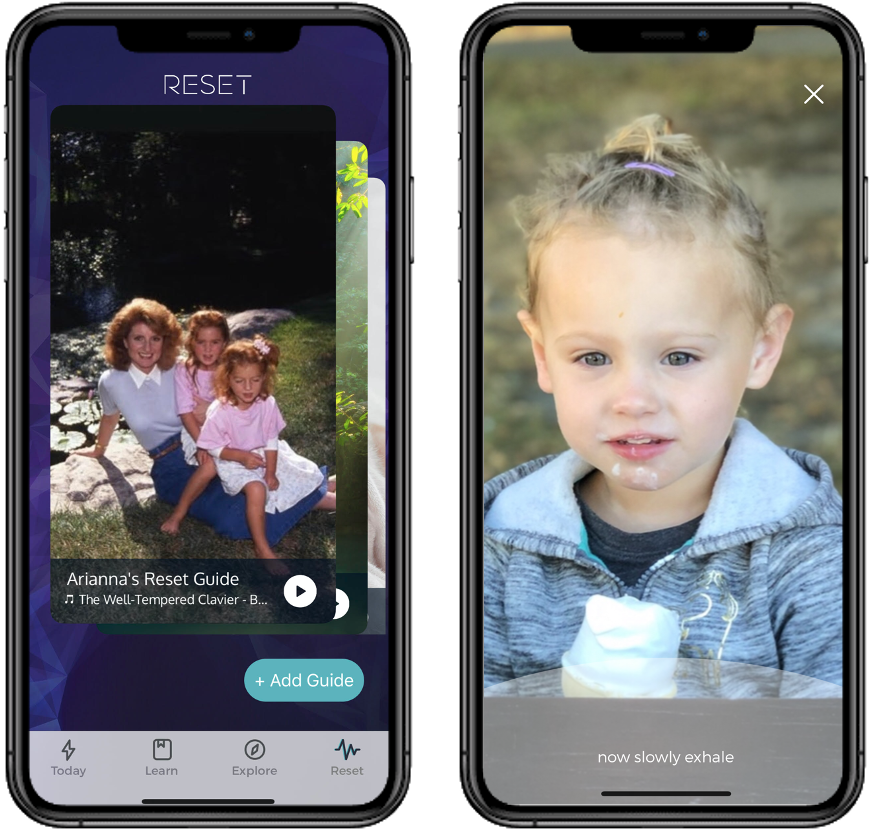Back in the days of office life, meetings were in conference rooms. Perhaps you were meeting with a client in their office, maybe you got up and walked over to another colleague’s desk, or even had coffee or lunch together. For many of us, business travel was a significant portion of our time (I personally spent over 70 days in a hotel in 2019). To maximize time I would schedule “Airport terminal walk” calls with colleagues timed perfectly for the walk from security to the gate.
In all of these Pre-Pandemic scenarios, there were unintentional breaks or “resets” built into the day. Once the meetings were adjourned, individuals were forced to take a few moments before going to the next meeting. Stand-up and walk to their next appointment, go back to their desk from the conference room, take the elevator back to the lobby, or stroll through the terminal at the airport. More often than not, during these resets we would chat with a colleague. We didn’t realize how important those “water cooler” social interactions really were. We didn’t consciously know that these built-in buffers were giving our brains ample time to charge, decompress, digest, and give thought to what had transpired during the previous meeting.
In today’s world 100% of our meetings are virtual. No more water cooler stop to chat with a friend, no coffee run to Starbucks to get that caffeine jolt. Not even a forced stand-up to move or stretch. Instead we stay seated and jump directly into the next Zoom meeting for the majority of our day. My team and I average over six Zoom meetings per day.
If you think of work meetings like an athletic competition, every meeting is a game. Of course not every meeting is the Super Bowl, but every game matters. What kind of athlete would play six games in a row without taking a break?
A few months into full remote working, and weeks of 6+ virtual meetings a day (many back-to-back), I had a major realization… I had just ended a call that was a bit contentious, and our team was frustrated with how this specific project was progressing. The call ended, and I immediately jumped onto my next Zoom meeting. However, this new meeting was with a completely different group of people, and not a single one of them had anything to do with the previous meeting. It was a Friday afternoon, and the team on the call was in a particularly jovial mood – until I joined. I unintentionally brought my frustration from the last meeting right into this one, almost completely deflating the virtual room. This was my wake-up call.
I went for an hour long walk and realized that this was not the first time I brought energy from a previous meeting into the next event. There were three examples I discovered:
- If the meeting I just left was contentious or frustrating – I might have brought that contentious spirit to my next meeting.
- If the meeting did not have the desired outcome that the team or I wanted – I might have started the next meeting deflated and unenthused.
- If it was a really important meeting with a deeply complex topic, I might have been fatigued – that fatigue carried into my next meeting with less sharp decision making skills.
I found Leanne William’s research at Stanford University. Her work at Stanford shows how neural networks influence our emotional state, cognitive function, and ultimately, our behaviors. These behaviors are classified in eight biotypes, I could immediately map the behaviors to my three scenarios above:
- Contentious or frustrating lead to “Threat Response”
- Undesired outcomes lead to “Emotional Numbness” or “Negative Bias”
- Complex meetings lead to “Cognitive Fog”
Once I truly understood that carrying my “Zoom Baggage” from prior meetings would have a negative impact on my performance, I decided that it was time to do something about it. Here are the three actions I took.
- Scheduling Short Built-in Meeting Breaks:
There really is no reason for meetings to always default to 30 or 60 minutes. Meetings do not always have to start on the hour or half hour as well. This is a habit that we have fallen into without any logical explanation. Start scheduling meetings to start 5 minutes into the hour, or simply set meetings to run 25 or 50 minutes. In Google Calendar, you can even save yourself some time and change the default meeting length from the standard 60 minute block. However, it’s important to stick to these end times and don’t autopilot to your inbox! Use this time to stretch, get some steps in, or go to the “water cooler” in your kitchen.
2. Consciously Reset – Thrive Reset Guide:
“Looking at relaxing imagery can be viewed as a form of mindfulness meditation which activates the parasympathetic system, quieting the areas of the brain that are involved in fear and anxiety.” (Sandra Sgoutas-Emch, a psychological sciences professor at the University of San Diego). This only takes 60 seconds, and has had a great impact for me.
The Thrive app on my iPhone (Recently rolled out globally to all Wal-Mart employees) has a feature called “Reset.” It comes pre-loaded with some options of pleasant imagery and soothing music. However what really does the trick for me is the ability to create your own 60 second Reset Guide. I added in a few pictures of my daughter, my wife, and picture of a beach from a recent vacation we took. No matter what meeting I just came out of, spending the 60 seconds here completely grounds me. I can actually feel my stresses melt while looking at these pictures, and allows me to start the next meeting fresh. It’s 60 seconds of magic!

3. Walk – Phones Work Outside Too!:
We joke about it now, but we had plenty of conference calls in the Pre-Covid business world without video. After offices closed, all of the sudden 100% of our meetings became video calls! I had to remind myself that it is ok to take calls away from your desk.
I now take ~25% of my internal 1×1 calls while I walk. Studies have shown that movement actually helps with creativity. Creative generation, cognitive flexibility, and remote associations all are improved with movement. Turns out when you see people pacing and waving their arms around while on the phone – they were on to something!
Since I have incorporated these three minor updates in the way I schedule my day, I have ended the days feeling more fulfilled and less stressed. I have slept better, and sincerely feel I am performing at a higher level at work. My next challenge – Keep it up, and don’t fall back into old habits!


